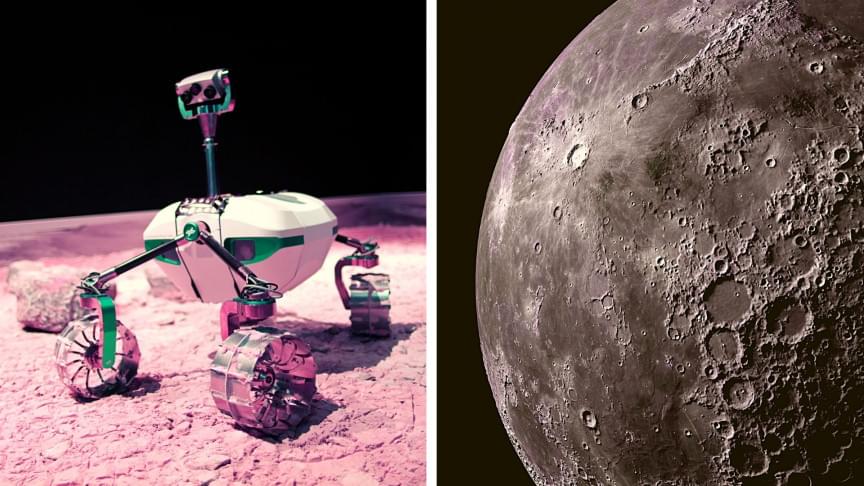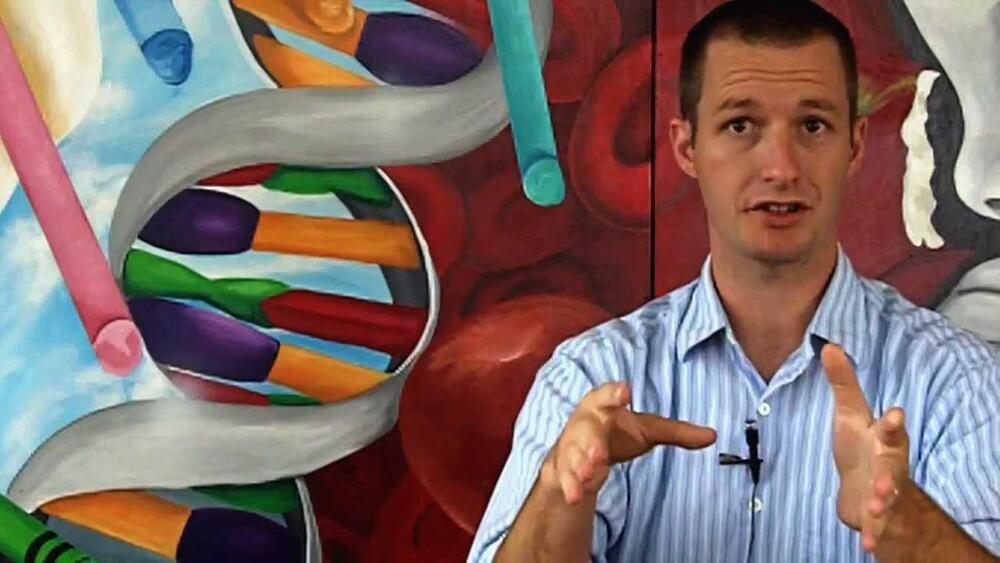
In 2009—four years after it was published—I read Ray Kurzweil’s The Singularity Is Near. It is an optimistic view of the future—a future that depends on computational technology. A future of superintelligent machines. It is also a future where humans will transcend our present biological limits.
I had to read the book twice—once for the sense and once for the detail.
After that, just for my own interest, year-in, year-out, I started to track this future; that meant a weekly read through New Scientist, Wired, the excellent technology pieces in the New York Times and the Atlantic, as well as following the money via the Economist and Financial Times. I picked up any new science and tech books that came out, but it wasn’t enough for me. I felt I wasn’t seeing the bigger picture.









